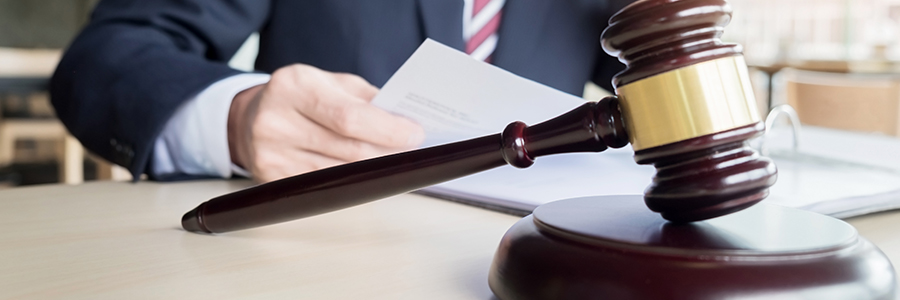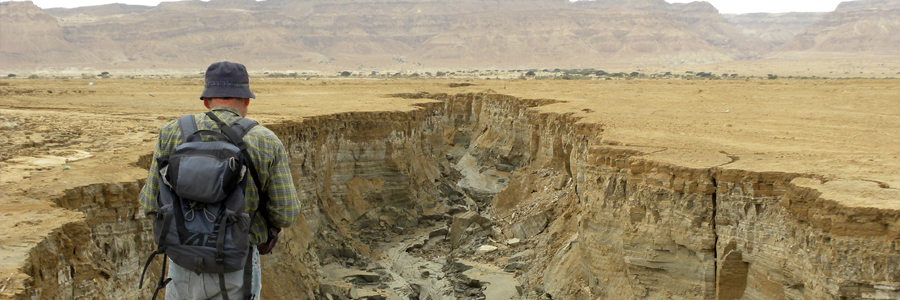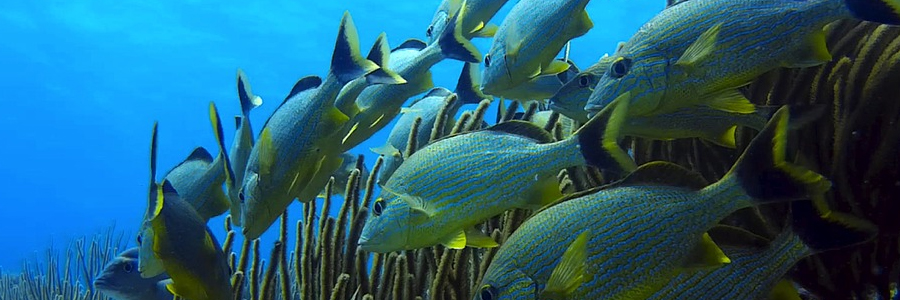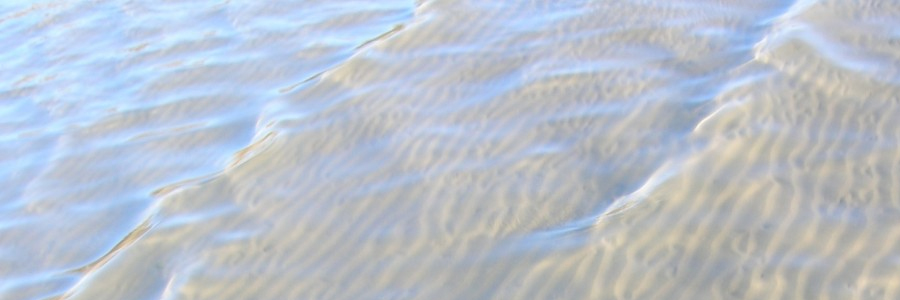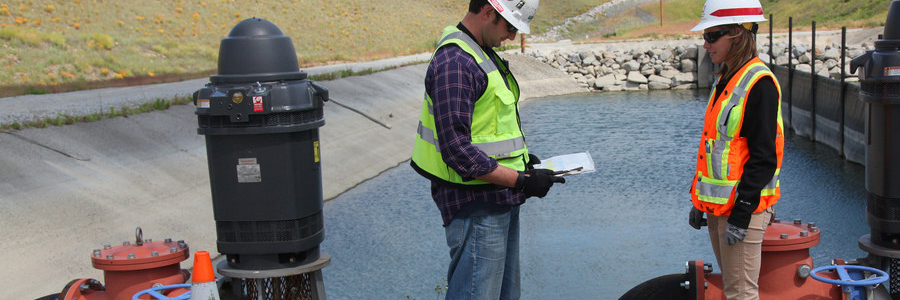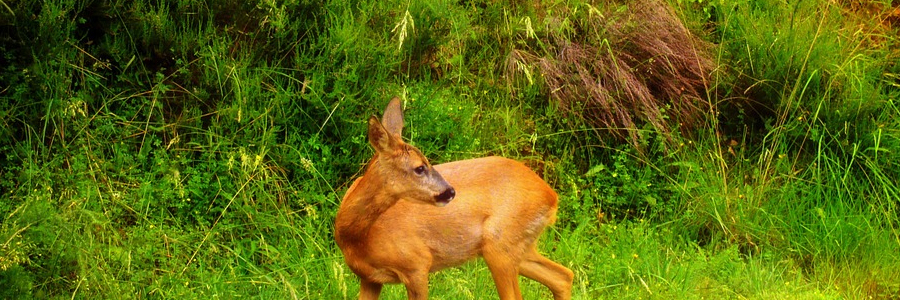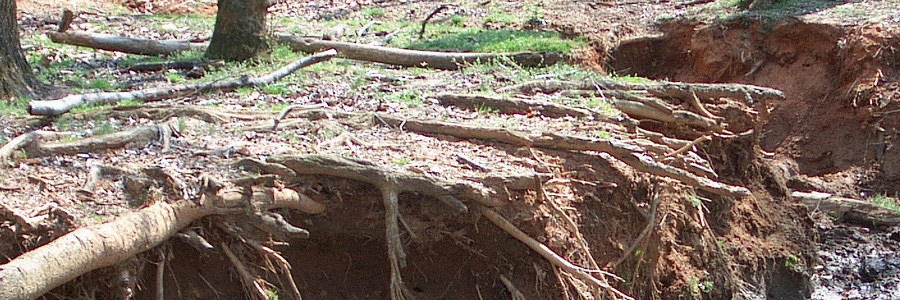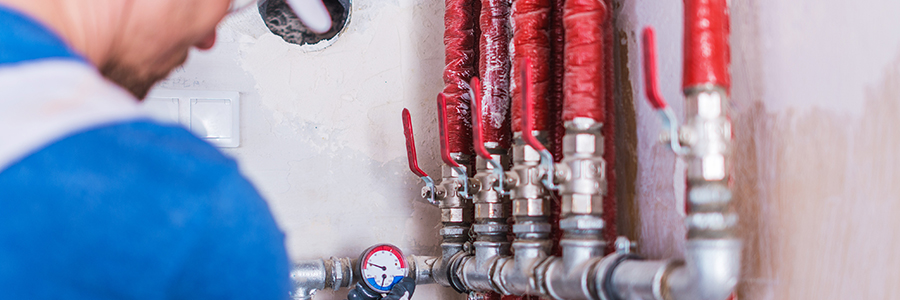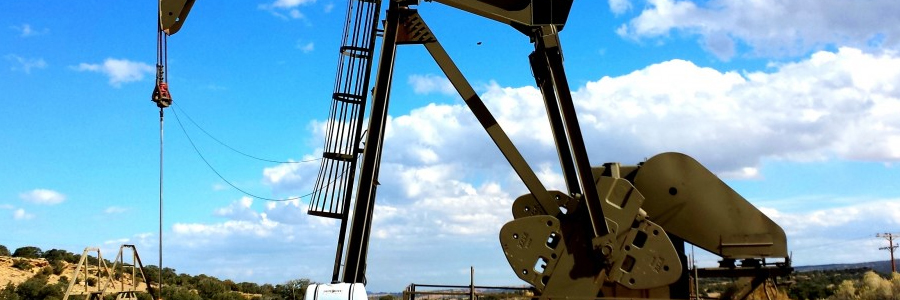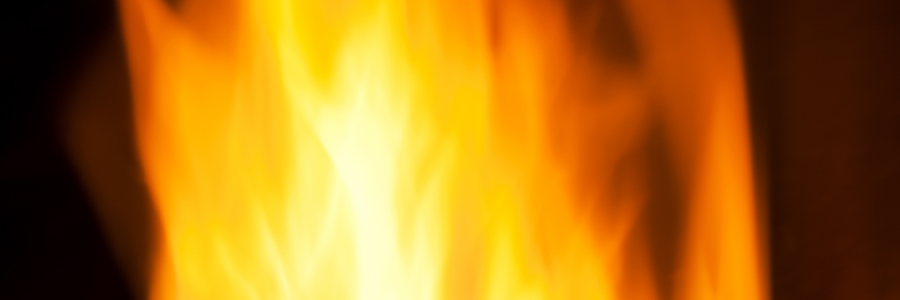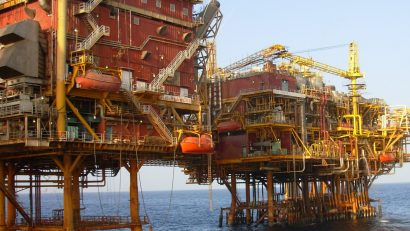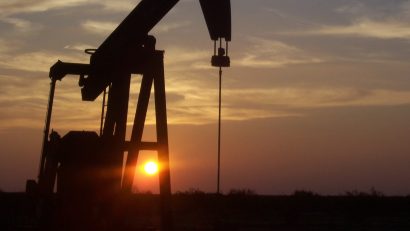Put simply, meter proving is when the precision of a meter is tested. The considerations for Meter Proving and the anticipated results can vary based on the diverse kinds of meters employing unique features. For instance a propane meter prover checks the correctness linked with a propane gas meter. Various meter provers like to confirm their readings with a preset scope as defined in the guides.
Meter proving and meter testing are not the same. This is why.
Anytime a skilled expert is investigating the accuracy and reliability of the meter this is whats called “meter proving“. Items like confirming the recommended amount of disbursement to the meter reading itself. The moment the information has been obtained from the meter proving professional, he/she then compares that data to domestic meteorology data widely obtainable through institutions such as the National Institute for Standards and technologies. Among the more popular forms of proving is actually fluid hydrocarbon and this is particularly the case within pipelines carrying this gas. More widespread than not provers have data supplied from meter station workers to assess their data outcome with.
Ever since the early 1900s, bell provers have many certainly been the most prevalent resource standard utilized in gas meter proving, and has made available guidelines for the gas sector that’s sadly subject to a whole lot of non-measurable issues.
And then we have got the more common gas meter proving professional whom checks and confirms gas meters.The many prevalent applications of gas provers are the ones from municipalities and public works.The function whereby meter proving experts determine the precision of a meter simply by transferring air through thereafter analyzing those outcome to the meter’s own internal displacement. After that is performed the prover (meter) then provides the data he/she recorded in the per cent of air passed to compared to the value depicted on the meter’s own.
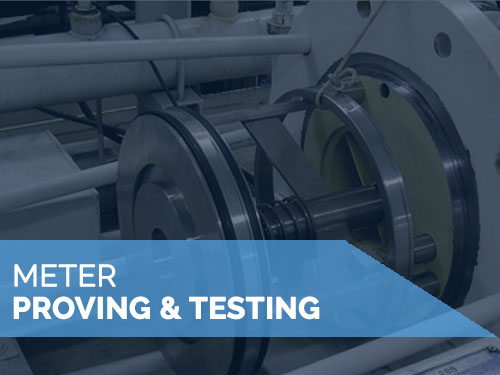
Image courtesy of Intricate Group
A bell prover has two layers, one internal tank enclosed by yet another outside shell. There’s two layers and while the outside layer is ordinarily loaded with oil, the inside layer is known as the bell. The fluid is there to behave as a air-tight seal for testing. Bell provers are oftentimes counter-weighted to give pressure that is positive to a line and valve joined to a meter. Often times wheels or guides are mounted on the part that is moving of bell which makes it possible for for smooth linear mobility devoid of the potential for immeasurable pressure differentials as a consequence of the bell swaying back or forth.
There is plenty of assorted aspects of consideration anytime meter testing using bells. Things like air pressure level, temperatures and certainly the data of the bell size alone. Here’s the simple fact, bell scales are tailored for a unique bell and can possibly be employed on no other. Meter proving is exceptionally technical. The prover should give consideration to lots of elements such as for instance flow rate, leakage, sealed devices, air flow and fluid flow. All to end up being validated against trade set standards.
Harvest Oilfield Services, a boiler company in Whitecourt, Canada, is a division of Intricate Group, had this to say…
A prover is an automated system that provides on-site calibration to ensure flow meters in service to adhere to industry standard criteria. We pride ourselves in being the “go to” company throughout Alberta and British Columbia.
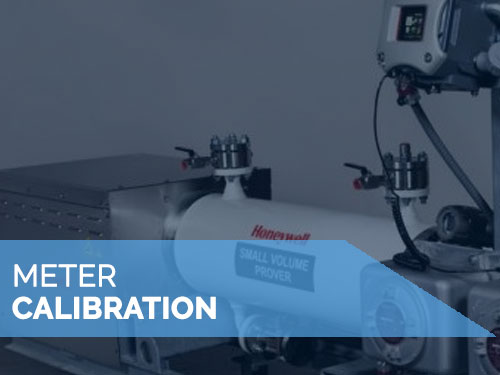
Image courtesy of Intricate Group
The development of programmable logic controllers (PLC) allowed gas meter repair facilities to automate the majority of of the manual bell prover’s process and calculations. Instead of manually elevating and lowering the bell prover, solenoid valves connected to a PLC controls air flows through the meter. This is how we operate when meter proving in Calgary, AB, our central location. As is the majority of automation, computers process data inputed to them using testers. Since the 90s, computers and PAC (Programmable Automated Controls) had been utilized. In time they add more digital detectors that would allow for additional automation and limiting more the need for humans in the testing process.
Presently we have advanced and boast vacuum driven provers that have the means to provide us with very valid flow readings. Furthermore these breakthroughs eliminated the requirement of a bell in testing as everything could possibly be done through the nozzles. whenever testing utilizing machine-controlled methods with vacuum, this is achieved with a sonic nozzle and confirmed against industry standards like Bernoulli’s principle. Computers and PAC systems automate the process, and many sonic nozzle provers are efficient at displaying not only meter proofs to a user, but are also capable of transmitting proofs as well as some other important data to database systems throughout a computer network.

